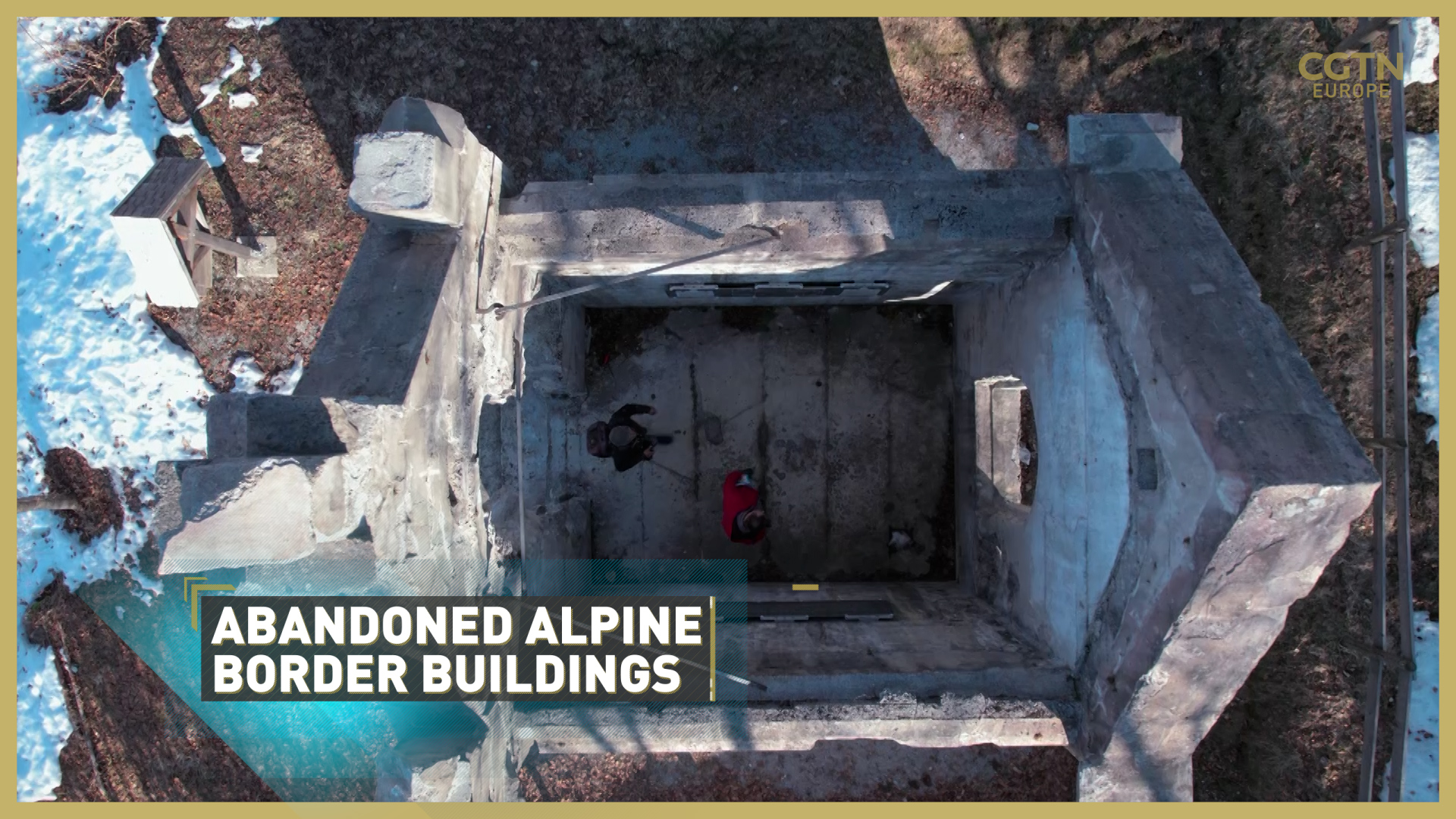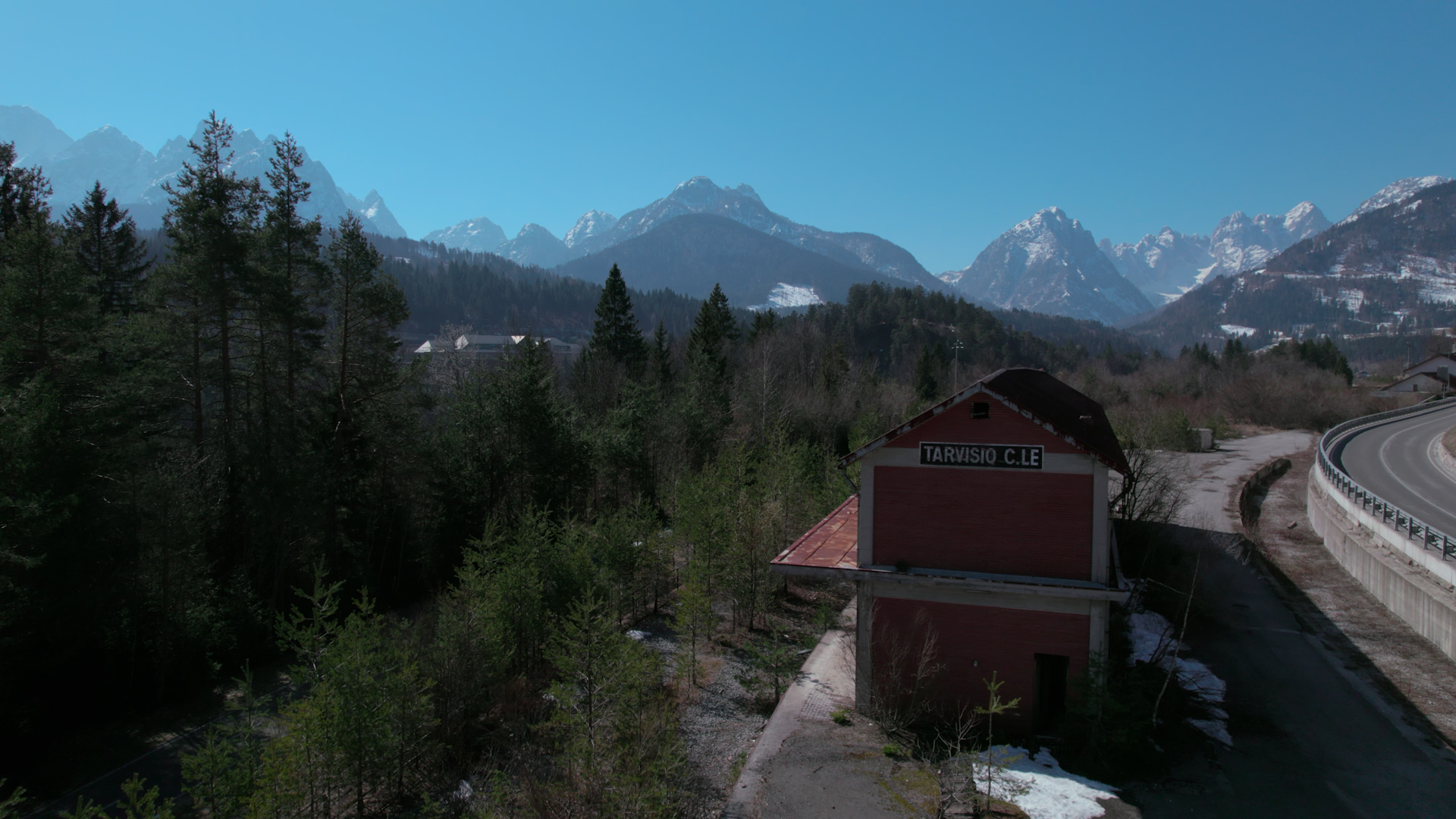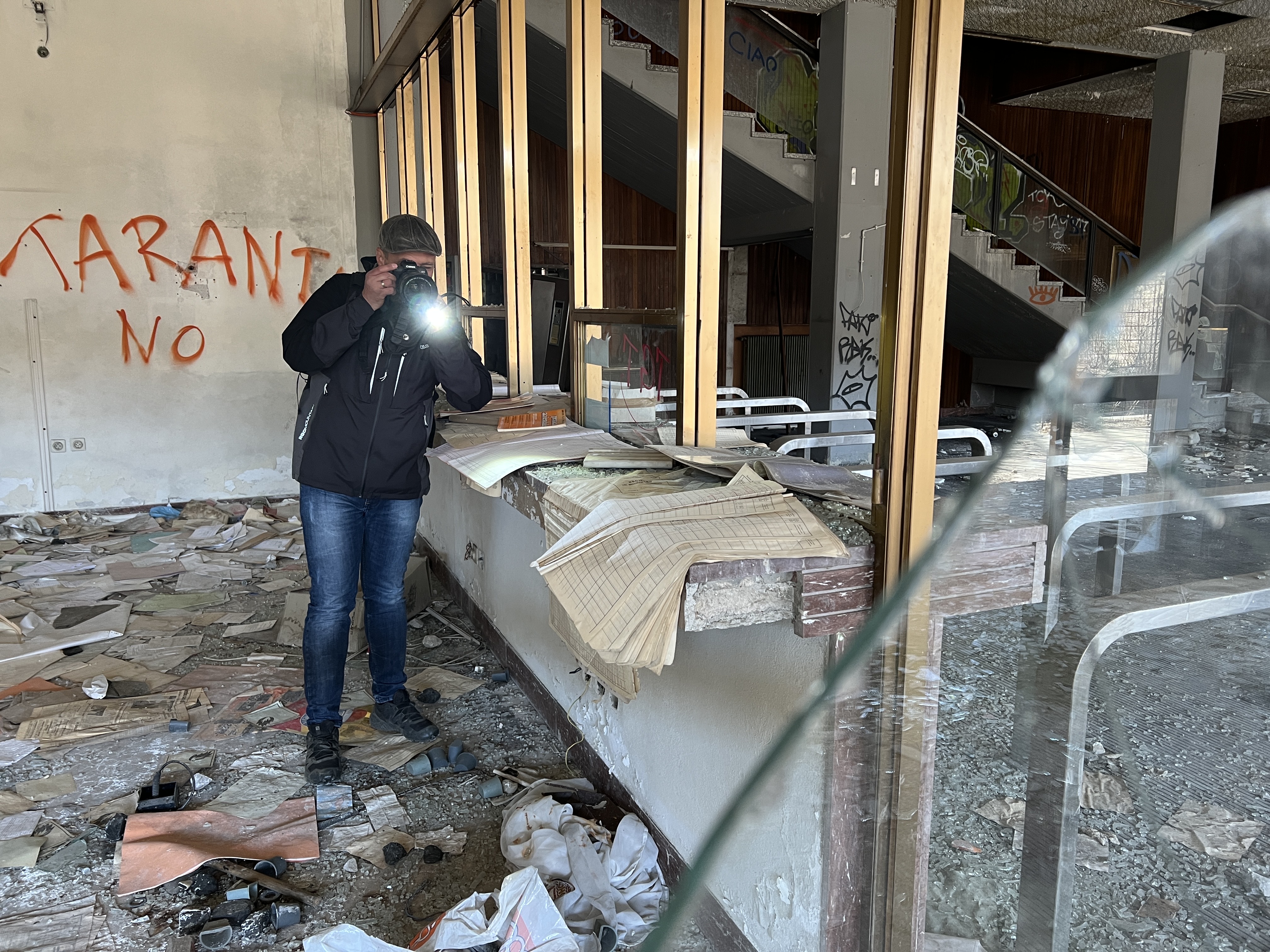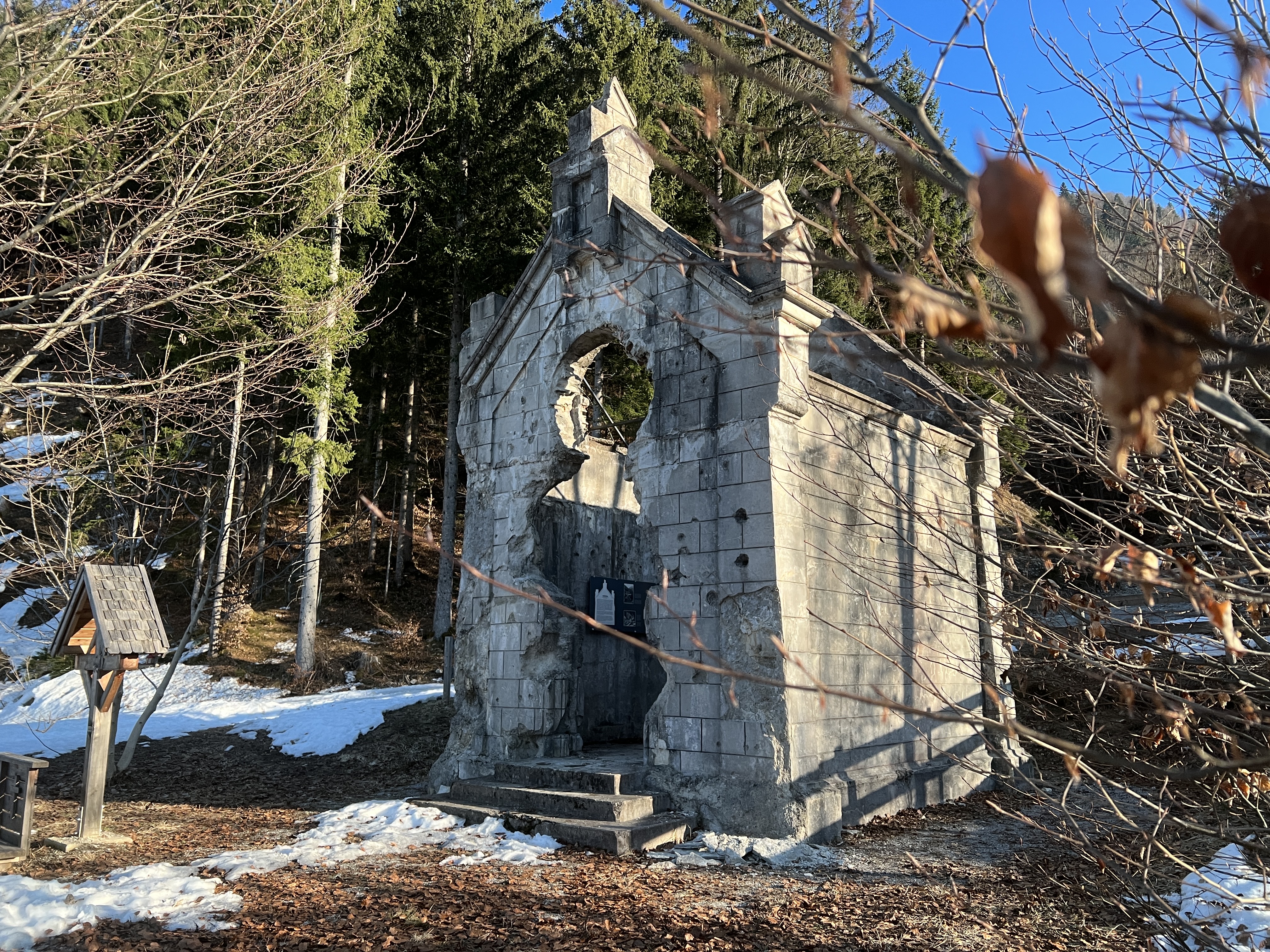02:44

Border regions shaped by past wars are often inhospitable and deserted. One example is the tri-border area of Austria, Italy and Slovenia – the only geographic meeting point of Europe's three dominant language groups: Germanic, Romance and Slavic.
Under Habsburg rule they lived quite peacefully together. But after the collapse of the Austro-Hungarian empire, new borders were fought over, cutting both this Alpine landscape and important travel routes. The Austrian railway station in Tarvisio, for example, was first taken over by Italy and later left to decay.

The abandoned Tarvisio Centrale station in front of the Julian Alps in Italy. /Andreas Gasser/CGTN
The abandoned Tarvisio Centrale station in front of the Julian Alps in Italy. /Andreas Gasser/CGTN
Photographer Helmuth Weichselbraun and journalist Georg Lux rediscovered this train station as well as other forgotten places on Austria's southern border. "It's our passion to show the people the photos and to tell the stories," Lux told CGTN. "Every abandoned place has a story that is worth not being forgotten."
"There are so many possibilities to take really interesting photos," Weichselbraun adds, holding his DSLR camera. "We have special details, we have broken glass, we have the old books."

Photographer Helmuth Weichselbraun and his colleague Georg Lux have published several books about abandoned places in the Alpine-Adriatic area. /Johannes Pleschberger/CGTN
Photographer Helmuth Weichselbraun and his colleague Georg Lux have published several books about abandoned places in the Alpine-Adriatic area. /Johannes Pleschberger/CGTN
The now abandoned military fortification Fort Hensel also changed hands between Austria and Italy. "After World War II, the Italian army built bunkers in this mountain – hundreds of kilometers of tunnels," Lux explains while walking down a seemingly endless tunnel. "They were top secret and closed, but now they are open to curious people like us."
Just around the corner, the Austrian – who works for the regional Kleine newspaper – points at a rusty crank lever. "This is a construction for fresh air for the soldiers in case of a gas attack. One soldier had to pump fresh air for the others by hand." The machine makes a creaky noise as soon as Lux starts to turn the crank.
The bunkers even served as a hiding place for a nuclear bomb, which fortunately was never used.

To this date it is unclear which army shot at the Rosenbach chapel. /Johannes Pleschberger/CGTN
To this date it is unclear which army shot at the Rosenbach chapel. /Johannes Pleschberger/CGTN
The Rosenbach chapel on Austria's border with Slovenia – or what's left of it – is a reminder of the 1919 fighting between the former Kingdom of Yugoslavia and the freshly born republic of Austria.
"There was obviously shooting – you see the holes in the wall," points out Lux. "But it's not clear if there were soldiers from Yugoslavia or soldiers from Austria – someone used this chapel as a hiding place."
But after Austria and Slovenia joined Italy in the European Union, the borders started to disappear again. According to local politicians, this formerly contested region is now a model for cooperation – and the three countries are considering a joint bid for the 2034 Winter Olympics, here in the heart of Europe.
READ MORE: THE ALPS: TIMELESS AND CHANGING – CGTN Europe's in-depth look at this fascinating region

